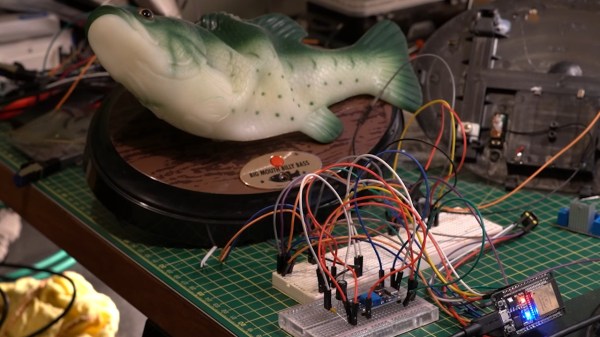As any generation of people get older, they tend to look back fondly on their formative years when there was less responsibility and more wonder. Even if things have objectively improved, we often have a fondness for the past. Such is the case for cable television, where even though ads were everywhere and nothing was on-demand, we can see that something was lost from this era in the modern streaming ecosystem. [Ricardo] brought back the good parts of this golden era of cable TV with this small channel surfing television.
The project attempts to keep the good parts of this era while discarding things we certainly don’t miss. The ability to channel surf is still here, with a rotary encoder standing in for an antique television channel selector knob, but dealing with any telecommunications company is out, including those of the Internet variety. Instead it is a fully offline machine with the user able to curate their own channels and programming with a Flask application, and [Ricardo]’s includes his own collection of commercials from Argentina.
The hardware itself is fairly straightforward as well, with a Raspberry Pi doing the heavy lifting, paired with a small screen and enclosed in a retro-themed television case. It’s a clever throwback to a time where we might not know what we wanted to see but there was always something on. Builds like this are gaining popularity right now as well, and we’ve even seen them recreate the cable company’s preview channel as well.

















